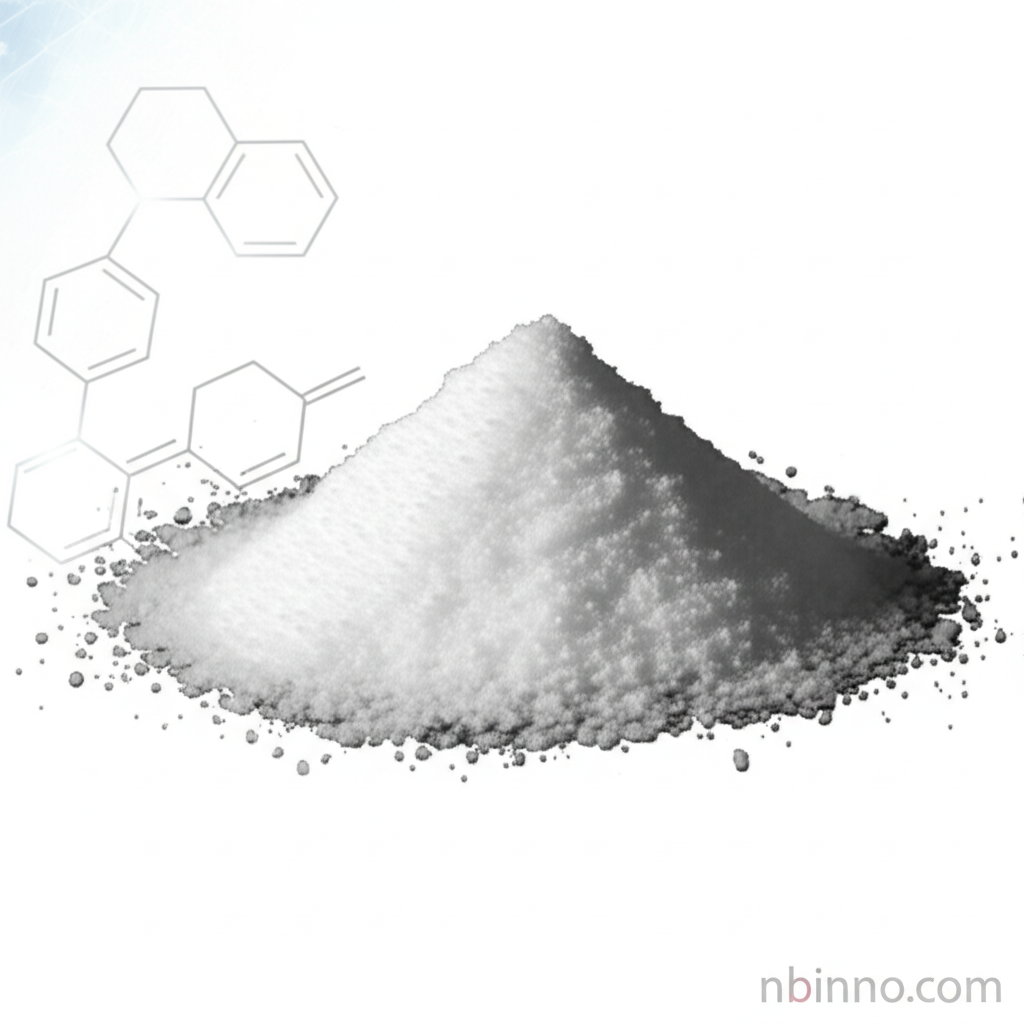Arecoline Hydrobromide: Anthelmintic Properties, Pharmaceutical Applications, and Novel Derivatives
Exploring the multifaceted applications of Arecoline Hydrobromide from veterinary uses to novel agricultural chemical development.
Get a Quote & SampleProduct Core Value

Arecoline Hydrobromide
Arecoline Hydrobromide is a key compound derived from the areca nut, recognized for its significant anthelmintic properties, particularly effective in expelling tapeworms in animals. Beyond its veterinary applications, it serves as a pharmaceutical raw material for treating conditions such as gastrointestinal relaxation, uterine relaxation, and placenta retention, with potential uses in iritis treatment.
- Discover the efficacy of arecoline hydrobromide anthelmintic use in veterinary treatments, providing a reliable solution for parasitic infections.
- Explore the pharmaceutical grade applications of Arecoline Hydrobromide, vital for developing medications targeting relaxation and specific medical conditions.
- Learn about the synthesis and potential of novel arecoline derivative insecticidal activity, offering new avenues for pest control in agriculture.
- Investigate the fungicidal activity of arecoline derivatives, highlighting their promise in crop protection and disease management.
Advantages Provided by the Product
Broad-Spectrum Anthelmintic Efficacy
Utilizing arecoline hydrobromide anthelmintic use can provide broad-spectrum efficacy against various intestinal worms, ensuring effective parasite control.
Pharmaceutical Grade Purity
The pharmaceutical grade Arecoline Hydrobromide meets stringent quality standards, making it suitable for direct use in medicinal formulations and research.
Innovative Agrochemical Potential
The development of arecoline derivative insecticidal activity and fungicidal activity showcases the potential for creating novel, effective agrochemicals from existing compounds.
Key Applications
Veterinary Medicine
The primary application of Arecoline Hydrobromide is as an anthelmintic in veterinary medicine, effectively treating tapeworm infestations in livestock and companion animals.
Pharmaceutical Manufacturing
As a pharmaceutical intermediate, it is utilized in the synthesis of drugs for treating gastrointestinal and uterine relaxation, as well as potential applications in iritis treatment.
Agricultural Research
New arecoline derivatives are being explored for their insecticidal and fungicidal activities, pointing to their potential use in developing safer and more effective crop protection agents.
Chemical Synthesis
The compound serves as a foundational structure for synthesizing various derivatives with modified properties, opening pathways for new chemical entities with specific biological activities.
